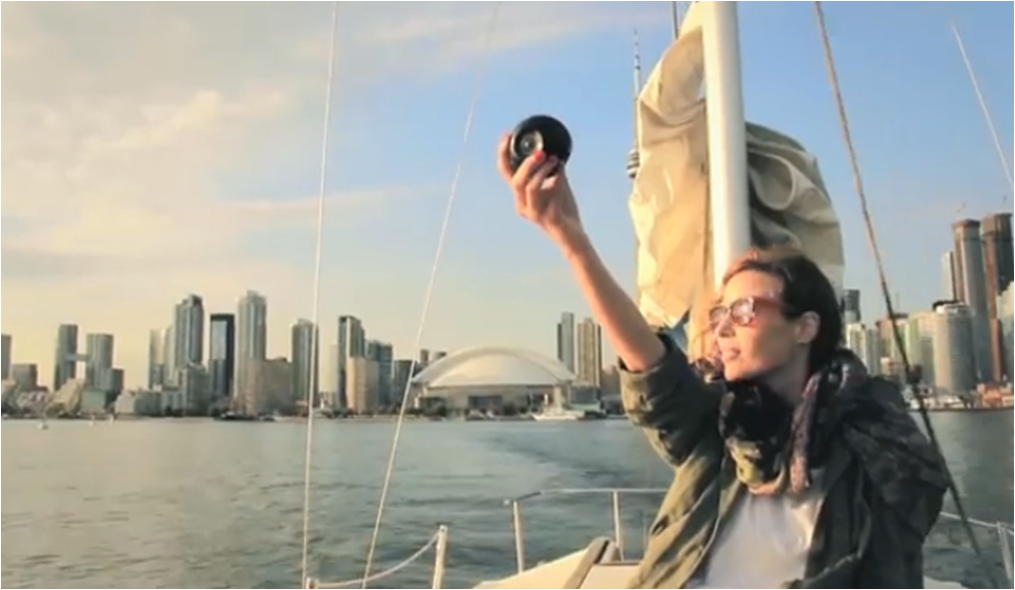Augmented Reality/Virtual Reality/3D – The Toronto Immersed show and conference, organized by the Immersive Technology Alliance, addressed the emerging augmented reality, virtual reality, and stereoscopic 3D technologies.
While it seems that stereoscopic 3D was more of a carry-over from earlier events, the conference focus was very much on augmented and virtual reality.
Instead of addressing new hardware solutions, the schedule seemed to address what is needed to make virtual reality successful in the longer term. There were discussions about creating content and entertainment. A very forefront approach considering that augmented and virtual reality hardware is not really widespread among consumers.
One of the aspects of image creation for augmented and virtual reality is the possibility to create a 360 degree experience. We reported on this topic some time ago in relation to the Engadget Expand conference in New York city. Head mounted display technology allows the consumer to look in any direction and see what is happening in locations other than what the main screen is showing. A very unique concept that only makes sense for head mounted display systems.
Bubl is another 360 degree camera approach that allows the user to capture panoramic video at 1080p (15 fps) or 720p (30 fps). The following picture shows the use of such a camera in a personal use scenario.

The company successfully completed its Kickstarter campaign last year and is showing prototypes of the device that are now available for pre-order. The following video shows the Bublcam in use (Kickstarter video). With a price tag of US$ 699, the devices will ship in the spring of 2015.
One of the companies involved in this field is Jaunt. The company develops tools to create cinematic content for virtual headsets. As a teaser, it now has a concert video with Sir Paul McCartney performing “Live and Let Die” available for download. Of course, you will need a virtual headset to experience the onstage position of the camera while being able to turn around and watch all the visitors in their seats. If you do not have an Oculus Rift developer headset lying around, the Google cardboard or Dodocase super cheap headset will do as well.
The company has a camera set-up that allows the capturing of 3D stereoscopic video in 360 degree format. This opens a complete new view on what virtual reality can do for us in terms of home entertainment. Maybe we do not need to shoot at someone or something, but can just enjoy walking through any museum around the globe without leaving our homes. This would save a lot of money on travel expenses if the experience is satisfactory for the user.
The conference also addressed the aspect of marketing with virtual and augmented reality, as it seems that advertising and home entertainment are two sides of the same coin. The overall trend in the industry is going towards new experiences, and augmented reality and virtual reality definitely push the envelope when it comes to home entertainment. One of the key remaining questions is how society deals with the further encapsulation from person to person contact? It will come down to the definition of social interaction. While the current adult generations will all agree that nothing can replace direct human contact, I am not so sure that the children of the current child generation will still think so. – Norbert Hildebrand

